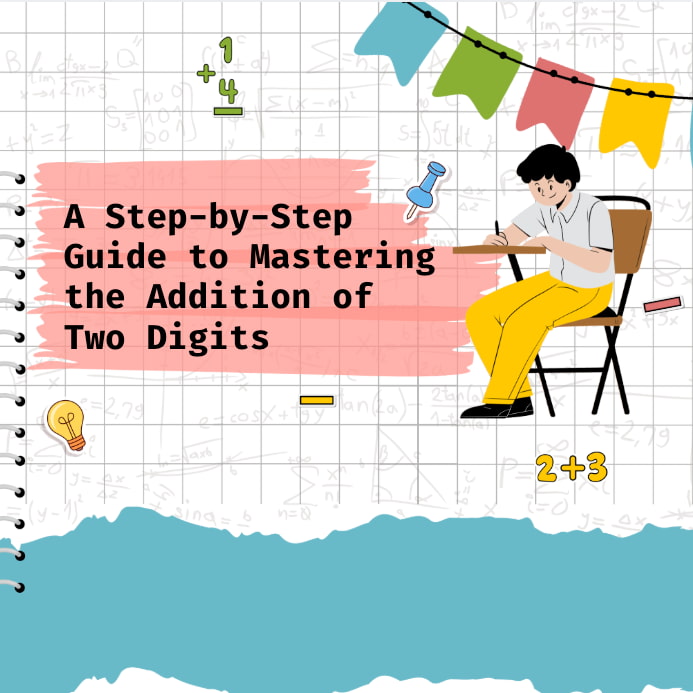Students in Grades 3 and up can more easily comprehend multiplication when they are shown it visually. They can see, for instance, seats placed evenly in an auditorium or a marching band lined up in equal rows. They are picturing columns and rows in both cases. Those created an array.
So, what is an array in Math? On this website, we offer thousands of free printable worksheet collections to help you thoroughly prepare for teaching.

What Is an Array?
An array is a way to arrange everything in rows and columns. As you buy something like a carton of eggs, a box of biscuits, or a set of toy cars, the things inside the packaging are arranged in an array.
Rows and columns are a regular part of an array. The horizontal lines that run from left to right are known as rows. The vertical lines that go from top to bottom are known as columns. A rectangle or square form is produced when items are grouped in an array.
An array forms a rectangle when the numbers for the number of rows and the number of columns are different. An array with 8 rows and 3 columns, for instance, will result in a rectangle.
An array forms a square when the number of rows and columns is equal. A square array would be produced, for instance, by an array with 7 rows and 7 columns.
What Is an Array in Math?
A mathematical array is a configuration of items, numbers, or images in columns or rows. Children can better comprehend division and multiplication by using an array.
Using arrays to deconstruct the link between multiplication and division is a perfect idea.
They do this by emphasizing the “inverse,” which simply means the opposite. Multiplication and division are considered “inverse operations” since they are mutually exclusive.
A fantastic technique to teach kids about the link between multiplication and division is to help them in learning the corresponding division sum for each of their time’s tables. The ability to apply the inverse operations to check their solutions will be very helpful for pupils throughout math tests.
Using arrays to teach students to multiply and divide shares of real objects like fruits or chocolates is the most useful way to teach them on a practical level.
These visual materials help students understand how recognizing patterns of “quick adding” might assist in counting bigger quantities of these objects or dividing larger quantities of items evenly among their peers.
Arrays in Multiplication
An arrangement of rows or columns that exactly matches a multiplication equation is known as a multiplication array. You can create arrays using any form and any type of object, including images.
It is obvious that language plays a crucial role in our ability to express mathematical connections. The physical array helps in this part of comprehension by providing the kids with a real example to discuss.
Teachers frequently refer to the arrays as the elements being multiplied while using them to explain multiplication. A 4 by 4 array might be, for instance, a group of 16 apples organized in 4 columns and 4 rows.

By dividing the elements into discrete parts and outlining the idea that multiplication relies on such patterns to aid in efficiently adding big sums several times, these arrays enable students, mainly in the third through fifth grades, in understanding the computing process.
Students can easily determine the total number of apples in the 4 by 4 array by multiplying the number of units for every group by the number of groups represented in the array rather than counting the apples one by one or adding 4+4+4+4. This is because each column represents a group of 4 apples, and there are 5 rows of these groups, so there will be 16 apples total.
Read more >> What Are Equivalent Fractions? How To Easily Find Them?
Arrays in Division
Arrays are a useful tool for visualizing how big groupings of things may be broken down into smaller groups similarly in the division. Teachers can instruct their students to create an array by dividing the large number—in this case, 16 apples—into equal-sized groups as a model for how to split the apples.
The class would create an 8 by 2 array, showing that each student would receive two apples if the 16 were distributed equally among the 8 people, if the class was requested to split the apples among eight students.
In contrast, if students were asked to split the apples among three persons, they would come up with a 2 by 8 array, proving the Commutative Property of Multiplication, which states that the order of the elements in a multiplication operation has no bearing on the final outcome.
When do kids start learning about arrays?
Children find arrays useful, especially when learning their timetables. Children learn their 2, 5, and 10s at Key Stage 1. During this period, it’s a wonderful idea to teach arrays to kids in order to aid them in solving multiplication-related issues. However, it’s preferable to wait until kids are completely comfortable with basic multiplication tables before introducing them to arrays.
By the time they enter third grade, kids should have a deeper understanding of their times tables. Children will start learning their 3s, 4s, and 8s at this point. Word problems that require multiplying numbers to arrive at the solution will be presented to kids as they gain greater self-assurance.
Children can learn about the connection between division and multiplication by using arrays.
Summary
That’s all about “what is an array in Math”! Students will develop a fundamental understanding of mathematics as a whole by grasping this core principle of the interplay between multiplication and division. This will enable them to perform calculations more quickly and with greater complexity as they progress into algebra and later applied mathematics in geometry and statistics.







